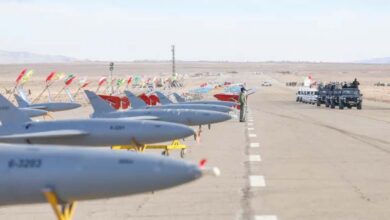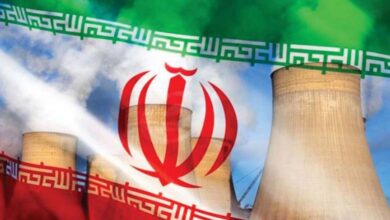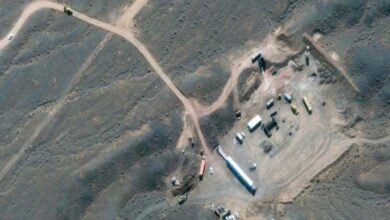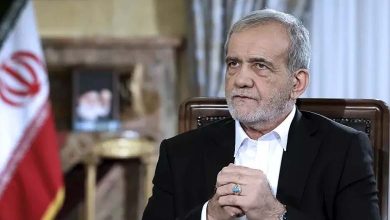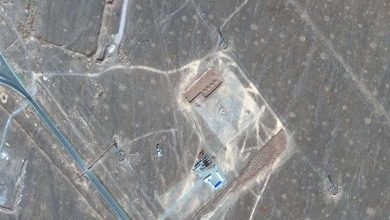Why Has Iran Reactivated Its National Defense Council?
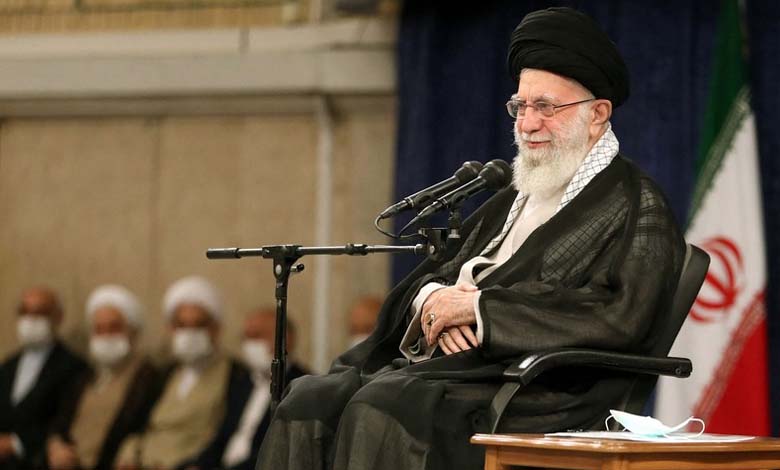
Iran has recently restructured and reactivated its National Defense Council in a move reflecting the urgent need to enhance coordination between political and military institutions amid fast-evolving regional dynamics and internal tensions following a series of security breaches.
-
Iran announces upcoming visit by IAEA inspectors within two weeks
-
Iran Drives Istanbul Nuclear Talks into a Deadlock
The decision follows the twelve-day war with Israel, which exposed significant gaps in Iran’s strategic decision-making process. It also aligns with a broader domestic agenda focused on reorganizing the country’s security architecture and redefining the power balance among key political and military players.
The newly reformed council is seen as an institutional mechanism aimed at increasing crisis response effectiveness, streamlining decision-making, and minimizing political interference, while ensuring coherence between civilian leadership and the military command.
-
Iranians Feel Unsafe After the 12-Day War
-
The battle is not over — Israeli Chief of Staff signals potential new confrontation with Iran
The National Defense Council, recently reconstituted, is one of the highest bodies in charge of coordinating Iran’s defense and security policies. It brings together senior civilian and military officials and has the authority to take strategic decisions during emergencies and national crises.
According to Dr. Ahmad Lashin, an expert in Iranian affairs, this body is not new to Iran’s political landscape. It dates back to the Iran-Iraq war, where it played a central role in war management. Its revival now is seen as a response to the latest confrontation with Israel, indicating Iran’s preparation for a potential future military escalation.
-
A Potential Breakthrough… Iranian-European Agreement to Resume Nuclear Negotiations
-
Adulterated Fuel Halts Iran’s President’s Trip… and a Taxi Saves the Day
Constitutionally, the council is affiliated with the President, being derived from the Supreme National Security Council (SNSC), which the president chairs. However, its current formation signals several strategic aims, including tighter centralized command and bolstering Iran’s readiness for confrontation.
This reactivation is part of a broader military restructuring campaign, which includes changes in leadership, repositioning of air defense systems, and other strategic realignments, especially in central and southern Iran.
-
Iran Has Not Set a Date or Location for Potential Nuclear Talks with Washington
-
Iranian President Approves Suspension of Cooperation with IAEA
Dr. Lashin points out that the council brings together all key military leadership figures. One of its implicit functions is to limit the expanding political influence of the Islamic Revolutionary Guard Corps (IRGC), whose power grew substantially after the twelve-day war. This influence was apparent in public political statements, notably from Foreign Minister Abbas Araghchi, who acknowledged that the ceasefire decision was shaped primarily by military, not civilian, leadership.
The council’s revival also reflects deep internal political frictions, particularly between reformists, conservatives, and hardliners. The appointment of Ali Larijani — a moderate figure close to Supreme Leader Ali Khamenei — as head of the SNSC signals a possible attempt to restore balance during a sensitive political transition period following the death of President Raisi.
-
Washington Reveals Iranian Plan to Close Strait of Hormuz During War with Israel
-
Khamenei implicitly criticizes normalization talks between Israel and Saudi Arabia
This move also coincides with growing speculation around succession scenarios for Iran’s leadership. The council may serve as an institutional safeguard in the face of potential shifts in political leadership.
Researcher Ahmad Farouk notes that the council’s reactivation aligns with three key contexts: first, as a direct response to strategic deficiencies exposed during the Iran-Israel war; second, as a way to depoliticize military decision-making, distancing it from factional disputes; and third, as part of Iran’s internal shift post-Raisi, potentially preparing for the eventual transition from Khamenei to a new Supreme Leader.
-
Khamenei’s First Appearance Following the Truce with Israel
-
Israel Vows Retaliation as Iran Issues Threats — Red Lines Crossed and Strikes to Continue
While the council is constitutionally headed by the president, the actual structure and leadership remain unclear. Some sources suggest that Ali Akbar Ahmadian, former SNSC secretary, may take over its operational leadership, given the current political and institutional ambiguity.




